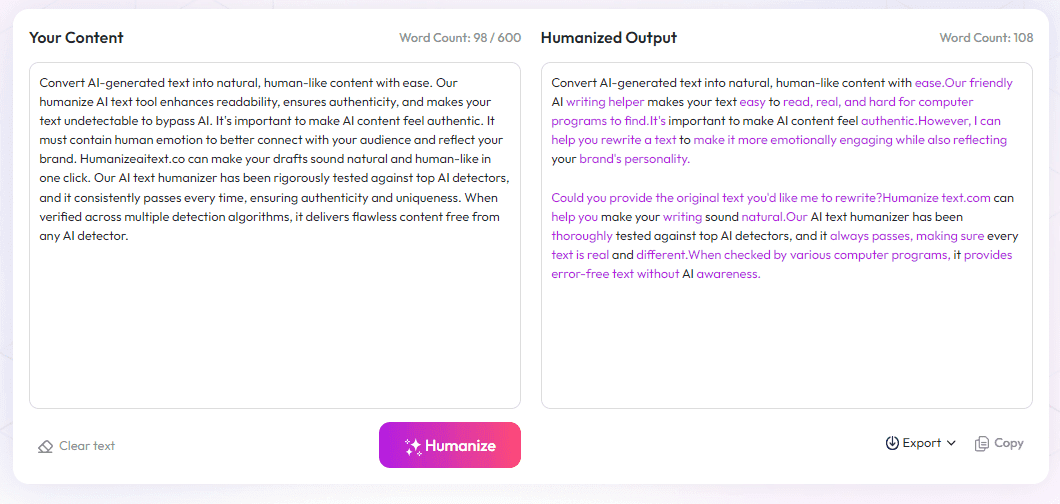Table of Contents
Many people wonder just how much money can be made from audiobooks. If you’ve ever thought about jumping into the industry or just curious about its earning potential, you’re not alone. Keep reading, and I’ll give you a clear snapshot of how income is broken down, who is earning the most, and what trends are shaping the future of audiobook earnings. Stick with me, and you’ll get a simple view of what to expect in this growing world.
Key Takeaways
Key Takeaways
- The audiobook industry is growing fast, with revenues reaching over $5 billion in 2023 and expected to hit $39 billion by 2032, mainly driven by subscriptions and digital sales.
- Most income comes from sales royalties, with authors earning 20-40%, while platforms like Audible take a cut but help increase visibility.
- Authors, narrators, publishers, and platform owners all earn money, with royalties, licensing, and subscription shares being common income sources.
- Popular genres like romance, mystery, and self-help generate the most income, attracting large audiences and repeat listeners.
- Growth is fueled by mobile listening, AI narration, new markets, and planned features like interactive content and personalized recommendations.
- Challenges include high production costs, piracy, fierce competition (especially from big platforms), and shifting consumer habits.
- Future trends suggest AI and tech innovations will lower costs, improve user experience, and open new markets, helping creators boost earnings.

1. How Much Money Do Audiobooks Make?
The audiobook industry is soaring, with global revenue jumping from $4.2 billion in 2022 to an estimated $5.3 billion in 2023, and it’s projected to hit $8.6 billion in 2025.
In the U.S. alone, sales reached approximately $2.22 billion in 2024, a 13% boost compared to the previous year, and over half of American adults have listened to an audiobook at least once.
This rapid growth isn’t slowing down; forecasts estimate the market will continue expanding at a compound annual growth rate (CAGR) of about 25.7% from 2022 through 2032, reaching more than $39 billion.
The chief driver behind this upward trend? Subscription services. About 63% of recent listeners subscribe to at least one platform, often generating recurring revenue for authors, narrators, and publishers alike.
Overall, the digital format dominates, with nearly 99% of the $1.8 billion global audiobook revenues in 2025 coming from online sales, reflecting digital’s position as the industry’s backbone.
2. Main Ways Audiosource Income Is Generated in 2025
Most audiobook income comes from sales royalties, which are typically split between authors, narrators, and publishers.
For self-published titles, authors often earn between 20% and 40% of sales, depending on distribution deals and platform agreements.
Platforms like Audible play a significant role, charging fees or taking a cut of the sales, yet they also boost visibility through massive marketing reach, boosting overall earnings.
Besides direct sales, subscription services provide a steady income stream, with producers and rights holders earning based on listening hours or per-title royalties.
Production costs, especially for high-quality human narration, can eat into earnings, but advances in AI narration are beginning to reshape the expense landscape, potentially lowering costs and increasing profitability.
Additionally, promotional campaigns and bundling rights across platforms can drive long-term ROI, creating larger revenue pools over time.

3. Who Earns Money in the Audiobook Market?
Several key players make money in the audiobook industry, with authors, narrators, publishers, and platform owners all earning from different revenue streams.
Authors typically earn royalties, which can range from 20% to 50% per sale, depending on their publishing route—be it traditional or self-publishing.
Narrators usually get paid per finished hour or via royalty shares, especially when working on exclusive deals with platforms like Audible.
Publishers profit from sales, licensing rights, and sometimes from partnerships with streaming services, especially for popular titles.
Platform owners, such as (https://www.audible.com/), take a cut of sales or subscription revenues, often leading to dominant market control.
Rights owners can also earn through international licensing and audiobook adaptation rights, diversifying income sources.
Understanding who earns what helps creators strategize better, especially when considering options like direct publishing versus using large platforms.
4. Popular Genres and Their Share of Income
Some genres consistently bring in more money than others, often due to listener demand and purchase frequency.
Romance, mystery, and thriller audiobooks tend to dominate sales, partly because they attract large audiences who listen repeatedly.
Self-help and personal development titles have seen a surge, riding the wave of wellness trends and increased interest in mental health.
Historical fiction and science fiction have dedicated fanbases, often translating into loyal listening communities willing to pay for quality narrations.
Children’s audiobooks are growing fast, especially with parents introducing audio stories to keep kids engaged on the go.
Educational content, including language learning and academic textbooks, also captures a increasing share of the market, especially with remote learning remaining prevalent.
Knowing which genres are most profitable can help authors and publishers target the right audience with their projects.
5. What Drives Growth in Audiobook Income?
The main engine behind industry growth is the rise of subscription services, which keep listener engagement high and generate steady income streams.
As more people adopt smartphones, purchasing and listening to audiobooks on mobile devices has become easier—and more common.
Apps like (https://www.spotify.com/), which now hosts thousands of audiobooks, are expanding the reach to wider audiences globally.
Production improvements, including the use of AI narration, are reducing costs and making audiobooks more financially accessible for creators.
Partnerships with big brands and media companies boost visibility, especially with adaptations and tie-in promotions.
Consumer habits show a consistent pattern: people listen during commutes, workouts, and while multitasking, forming a habit that drives sales growth.
Market forecasts predicting a push toward $39 billion by 2032 reflect these ongoing trends, with many new entrants aiming to capitalize on the expansion.
6. Challenges That Affect Earnings in the Audiobook Industry
Despite the booming market, there are hurdles that can dampen earnings, including piracy and copyright infringement issues.
High production costs, especially for professional voice actors and editing, can cut into profit margins for independent creators.
Competition is fierce, with Audible controlling about 90% of the U.S. market, making it tough for new entrants to gain visibility.
Platform fees and royalty splits can significantly reduce revenue, especially for those not using direct sales channels.
Changes in consumer preferences, such as shifts toward podcasts or other audio entertainment forms, can divert attention away from audiobooks.
Handling international rights and licensing can be complex, especially when considering different copyright laws across regions.
Building a loyal listener base requires consistent marketing and high-quality content, which demands time and resources.
7. Future Trends in Audiobook Revenue and Income
The industry is headed toward continued growth, fueled by advancements in technology and expanding global markets.
AI narration will likely play a bigger role, lowering costs but also raising questions about authentic human voice demand.
Personalized listening experiences, powered by AI-driven recommendations, will keep users engaged longer and boost revenue per user.
Emerging markets in Asia, Africa, and Latin America are expected to open new revenue streams as smartphone penetration increases.
Interactivity features, such as clickable links and embedded multimedia, could revolutionize how listeners experience audiobooks.
Subscription models may evolve to include tiered pricing, exclusive content, and ad-supported free listening, diversifying income sources.
Collaborations between publishers and tech giants might lead to innovative formats, broadening reach and market share.
Overall, staying adaptable and embracing new tech trends will be key for creators aiming to maximize income as the industry evolves.
FAQs
Authors' earnings from audiobooks vary widely, depending on factors like royalties, sales volume, and distribution channels. Typically, authors earn royalties between 10% and 25% of audiobook sales or a fixed fee per project.
Income mainly comes from audiobook sales through retailers and subscription services, licensing deals, and direct marketing strategies by authors and publishers, all contributing to overall revenue in 2025.
Big publishers, bestselling authors, and audiobook production companies earn the most, especially from high-volume sales, exclusive deals, and licensing agreements across digital platforms and retail outlets.



